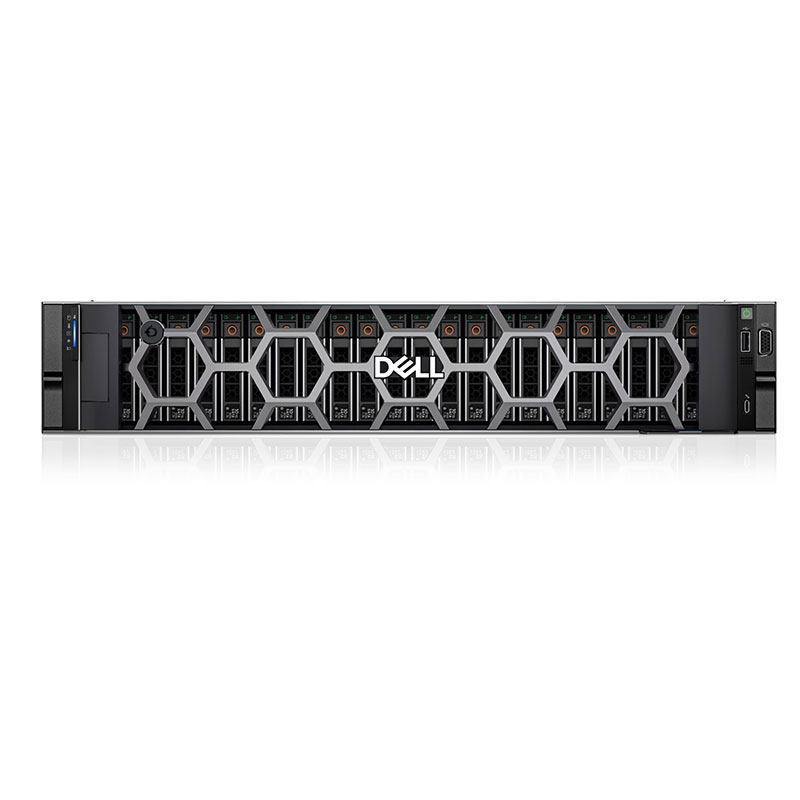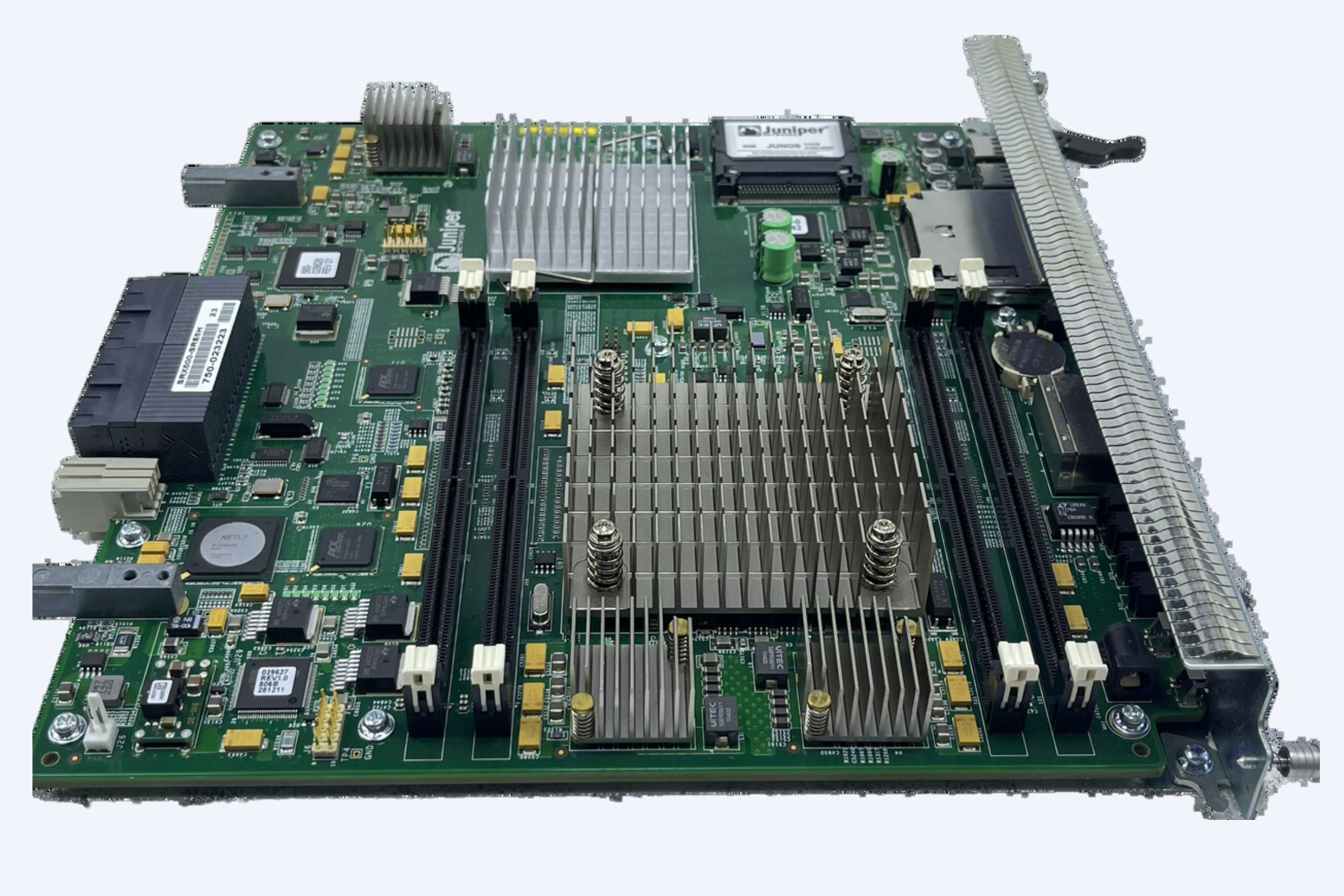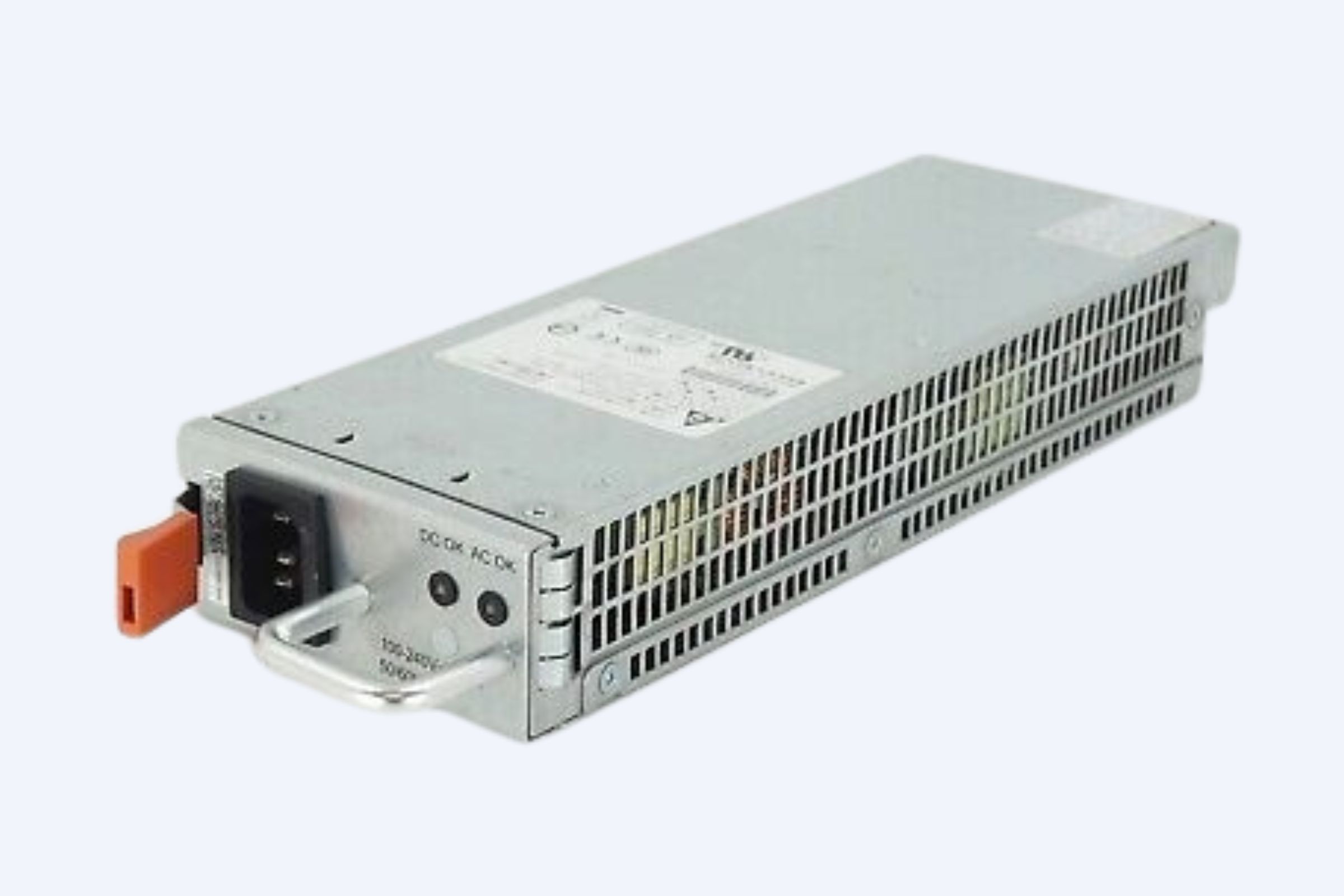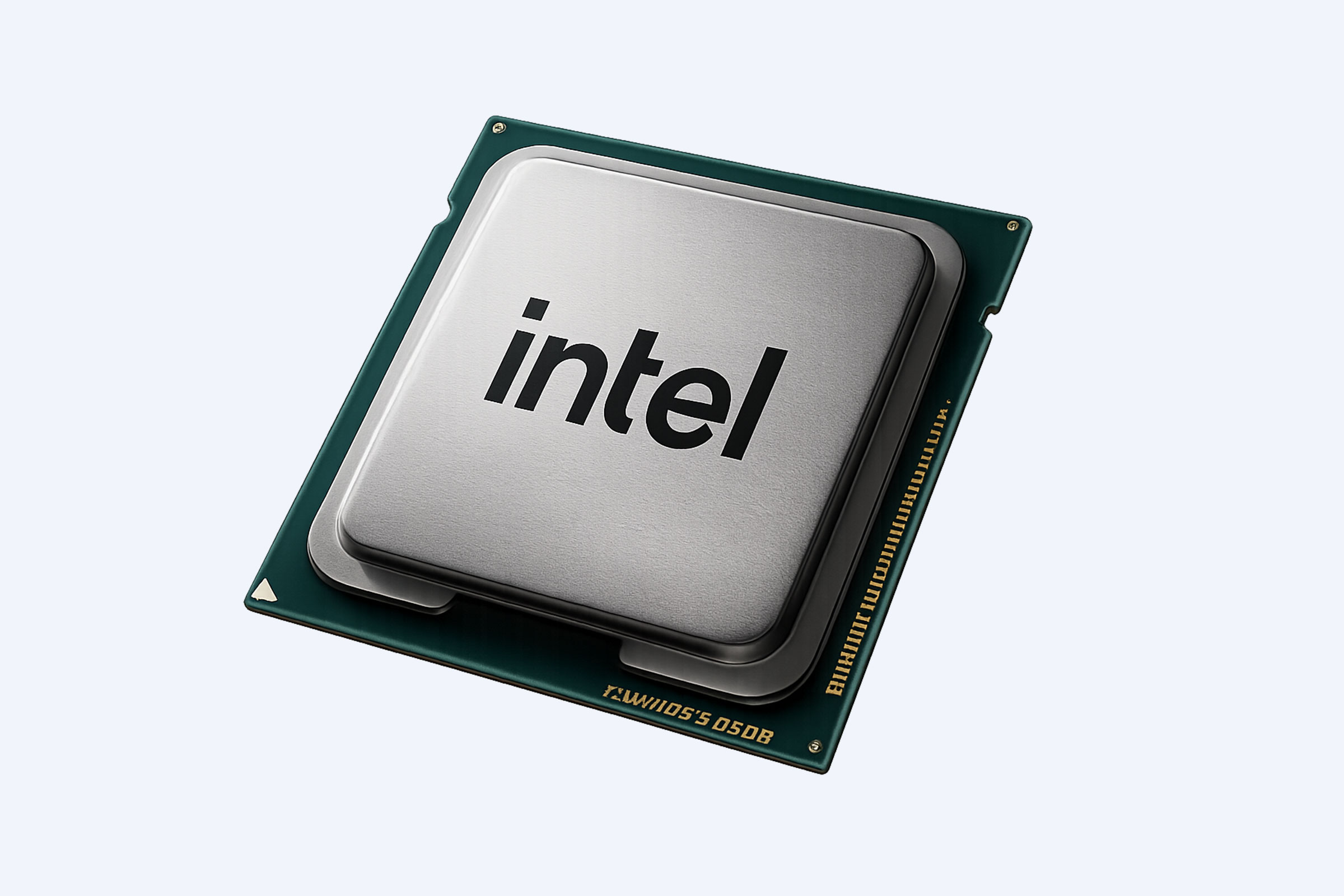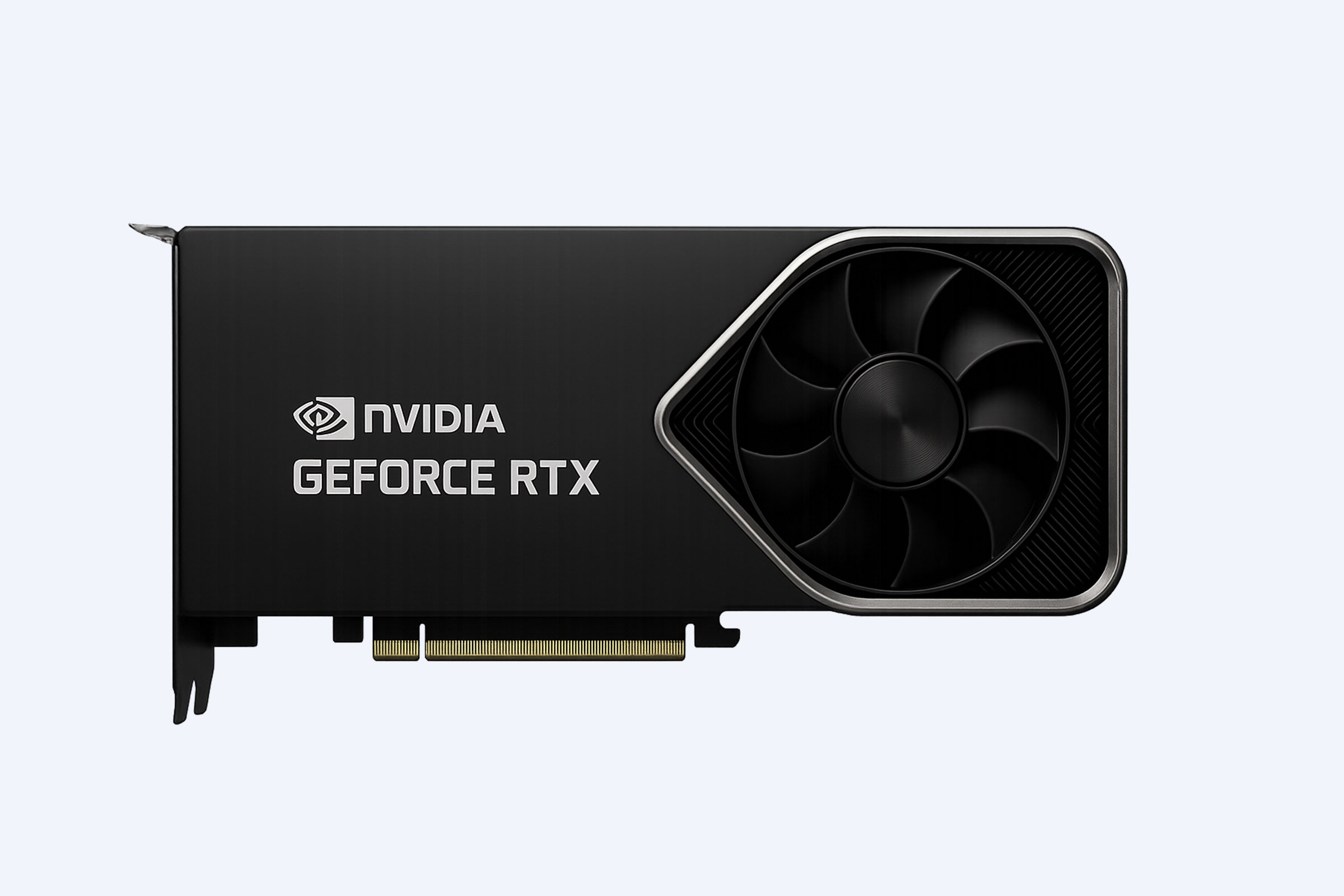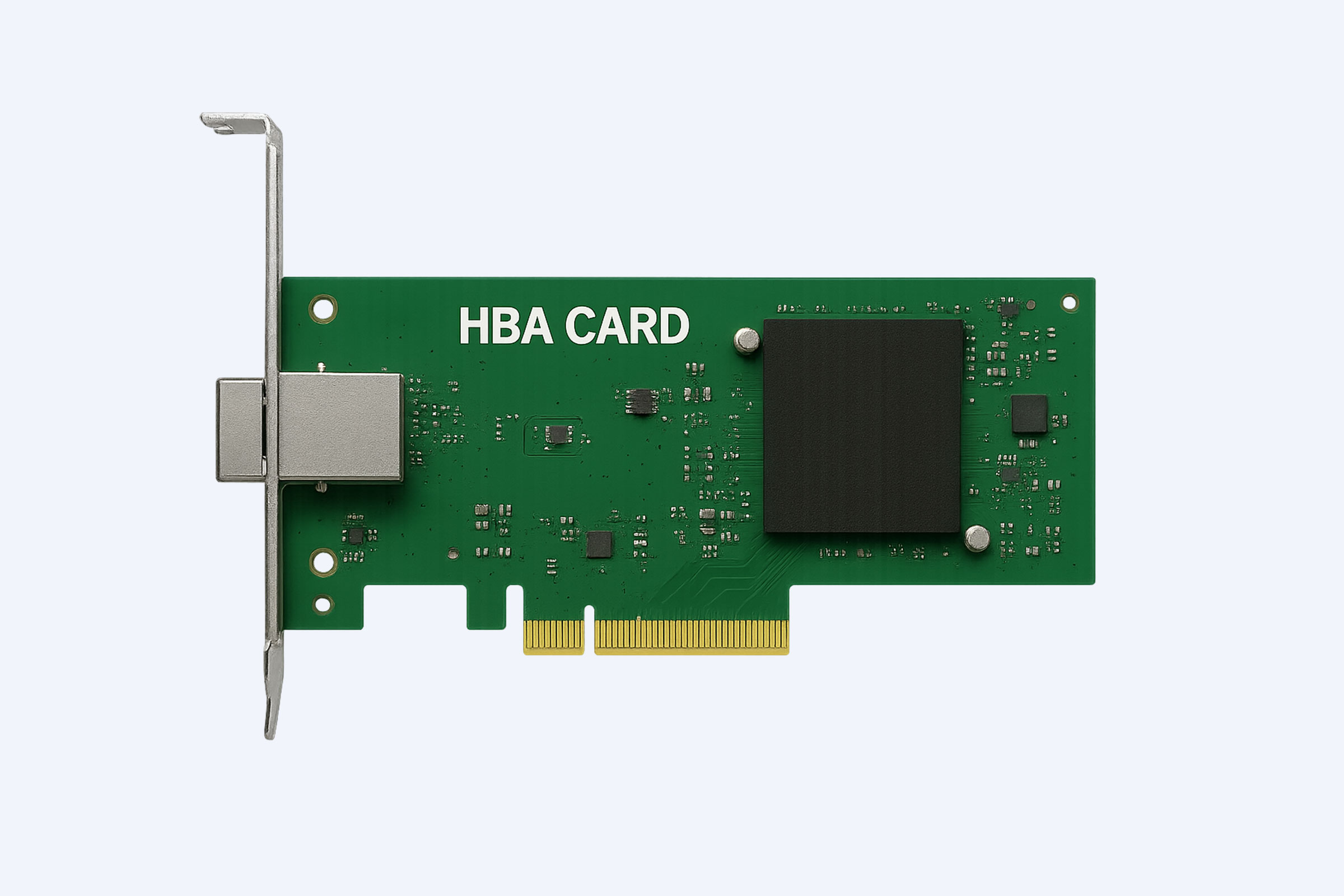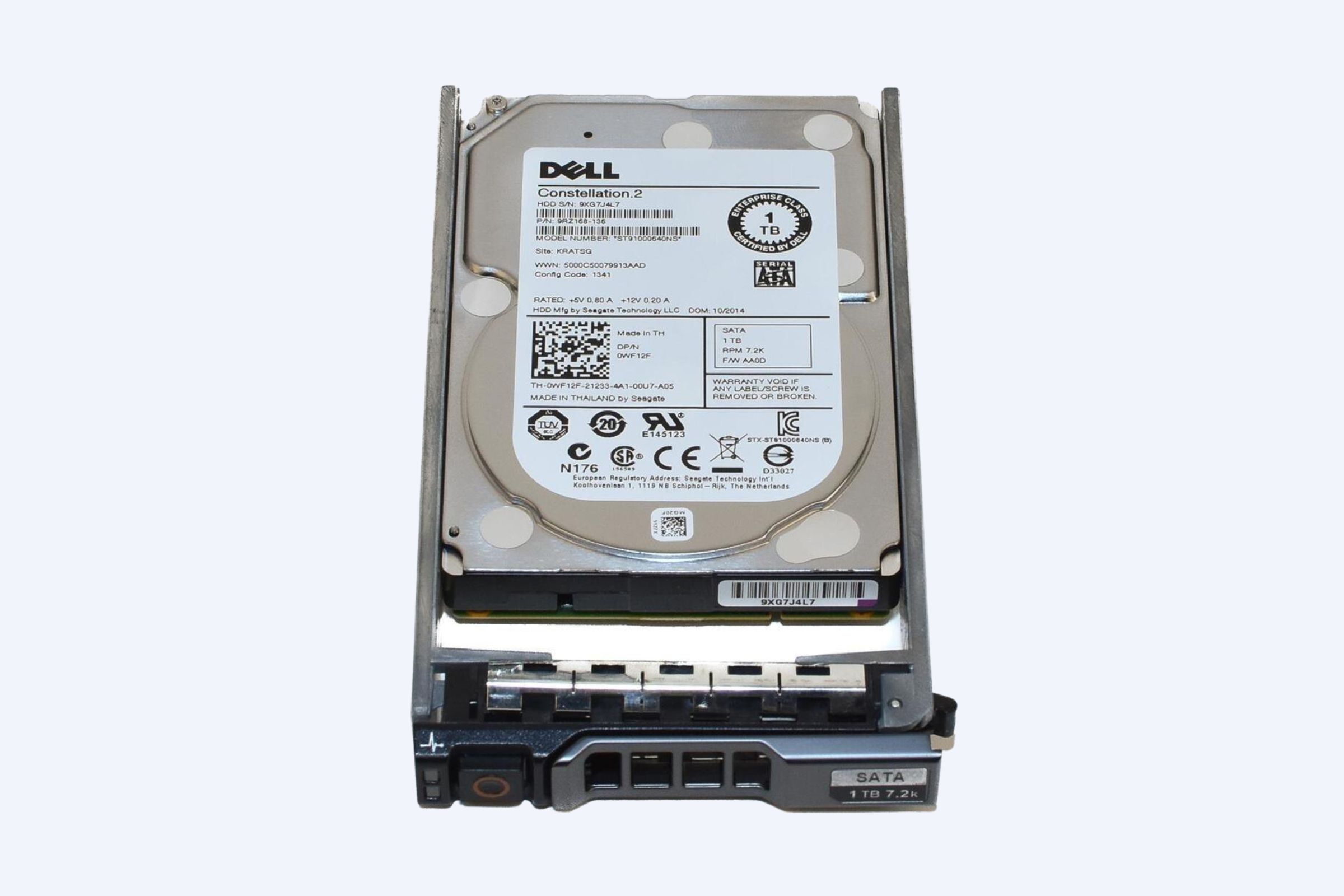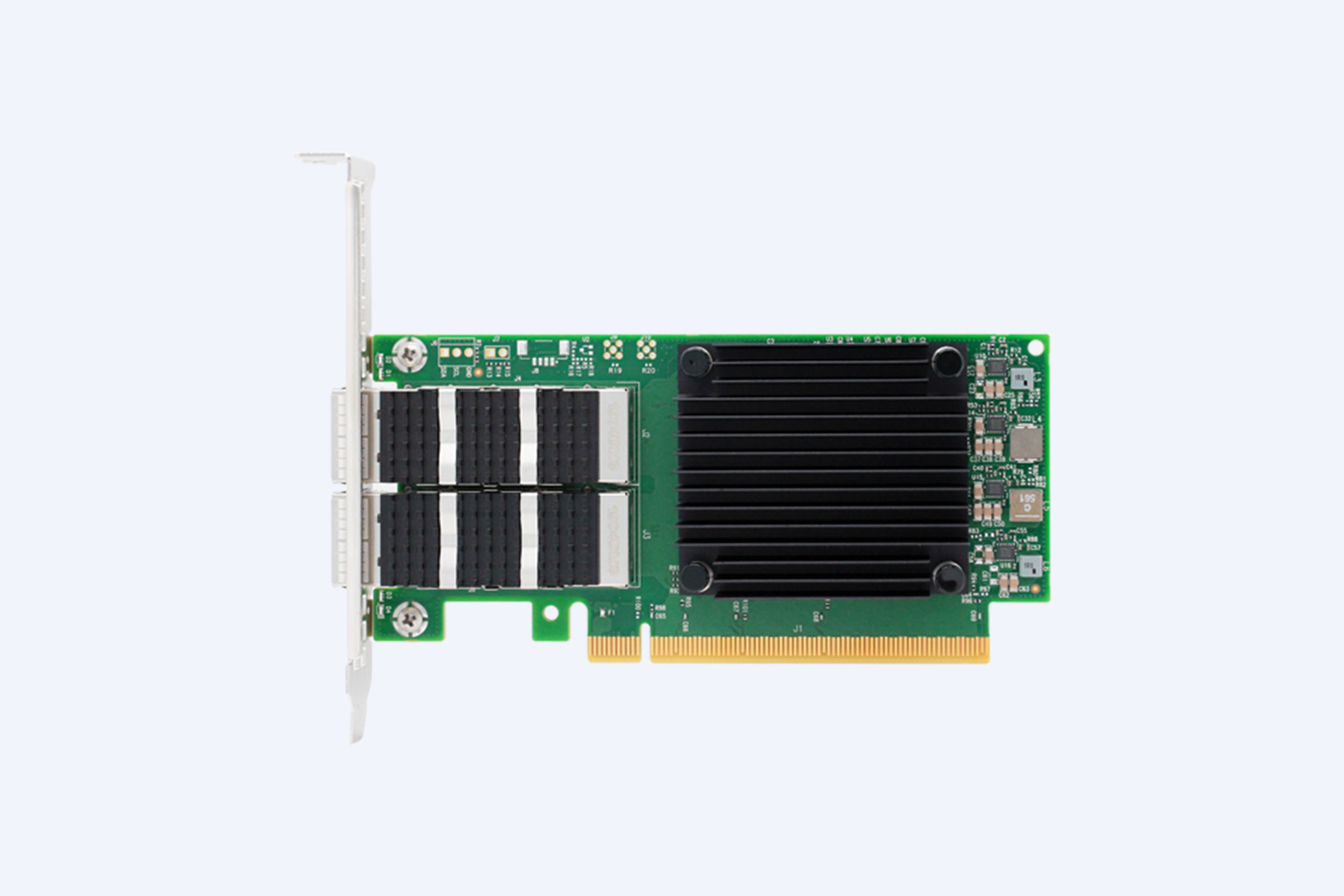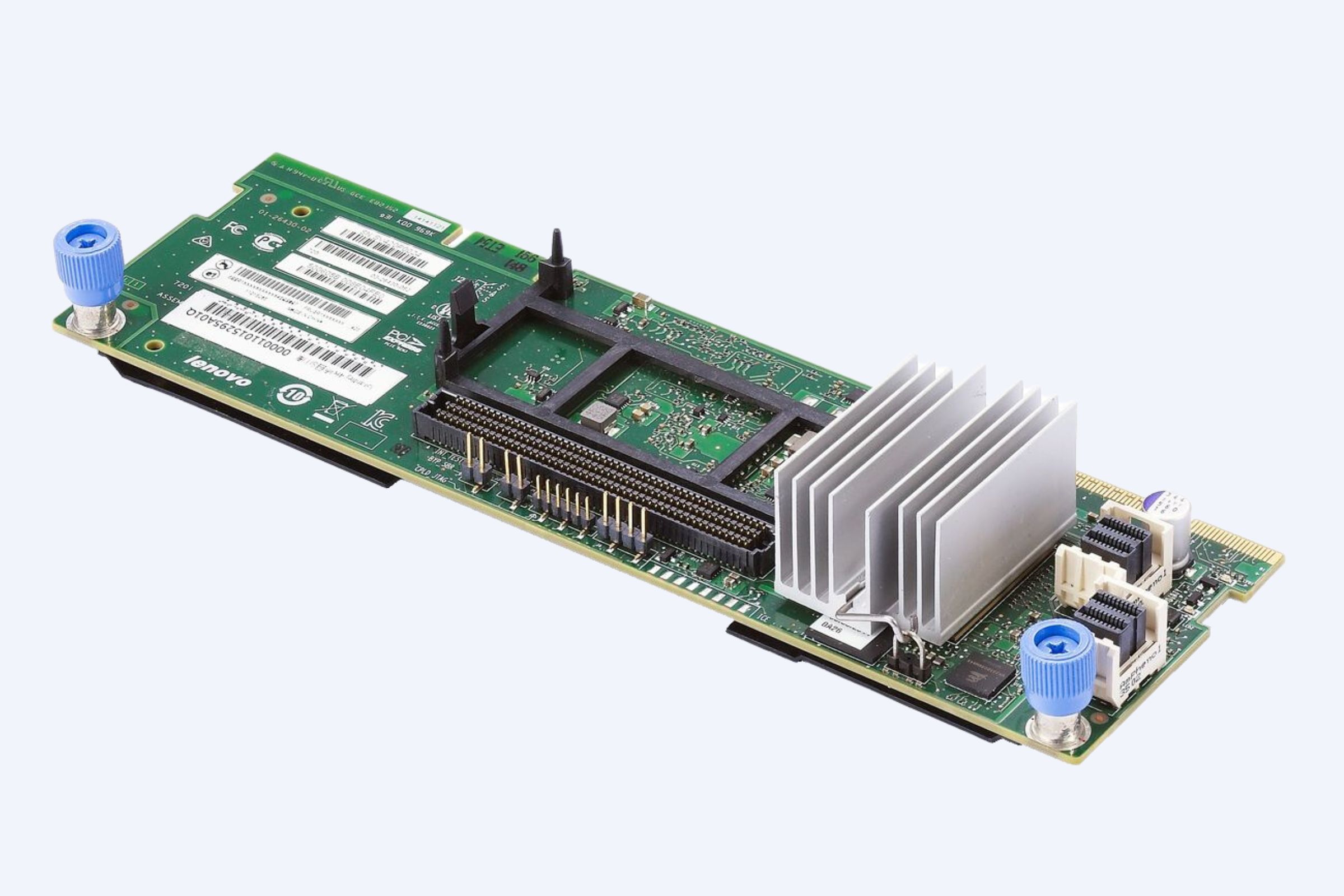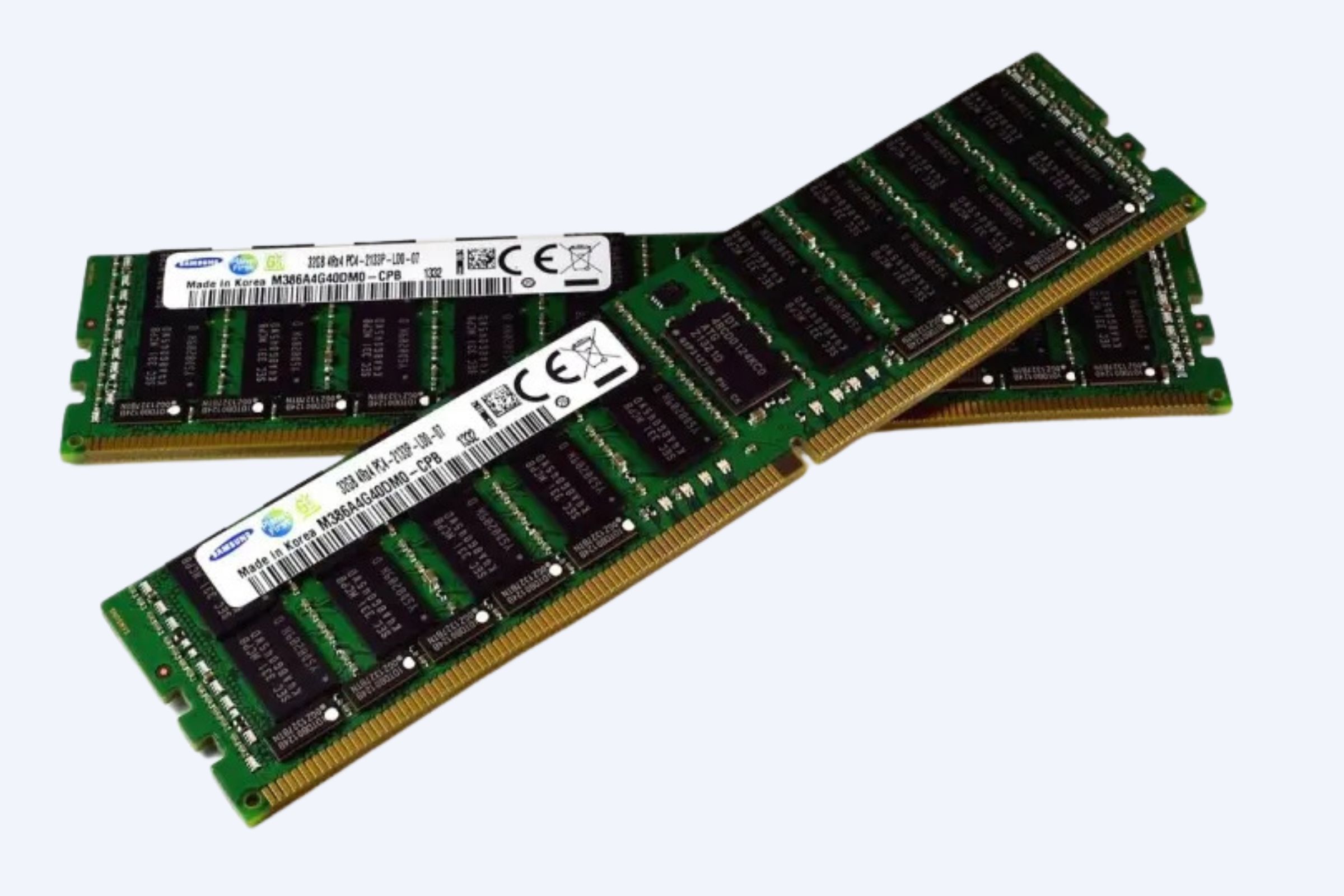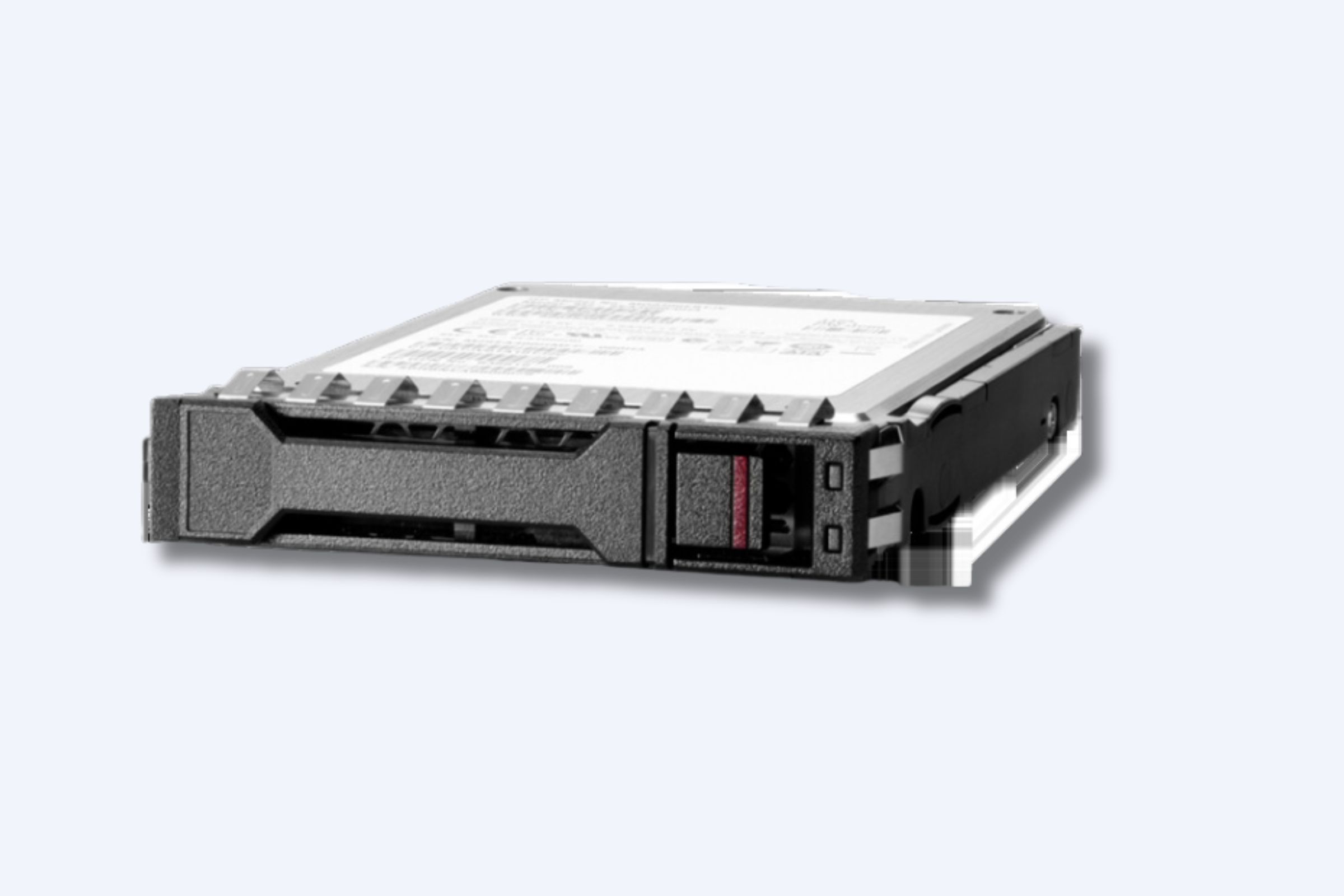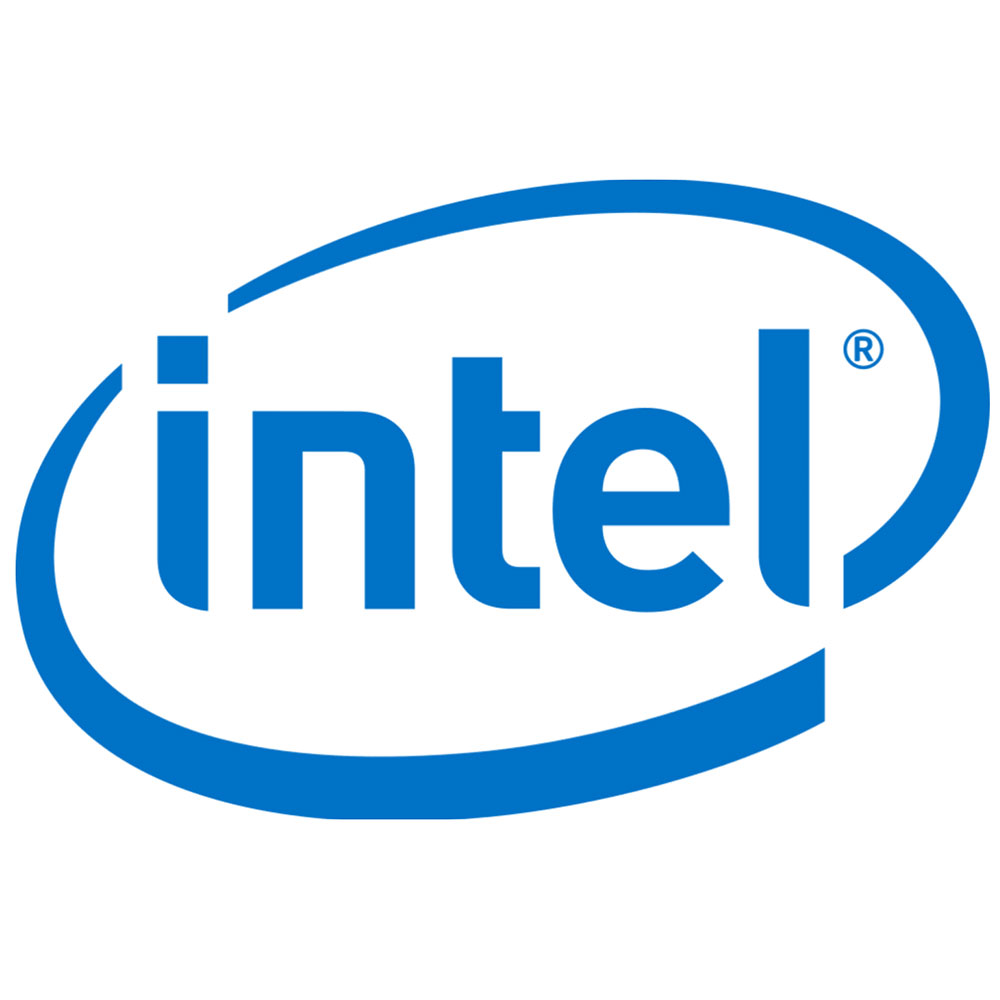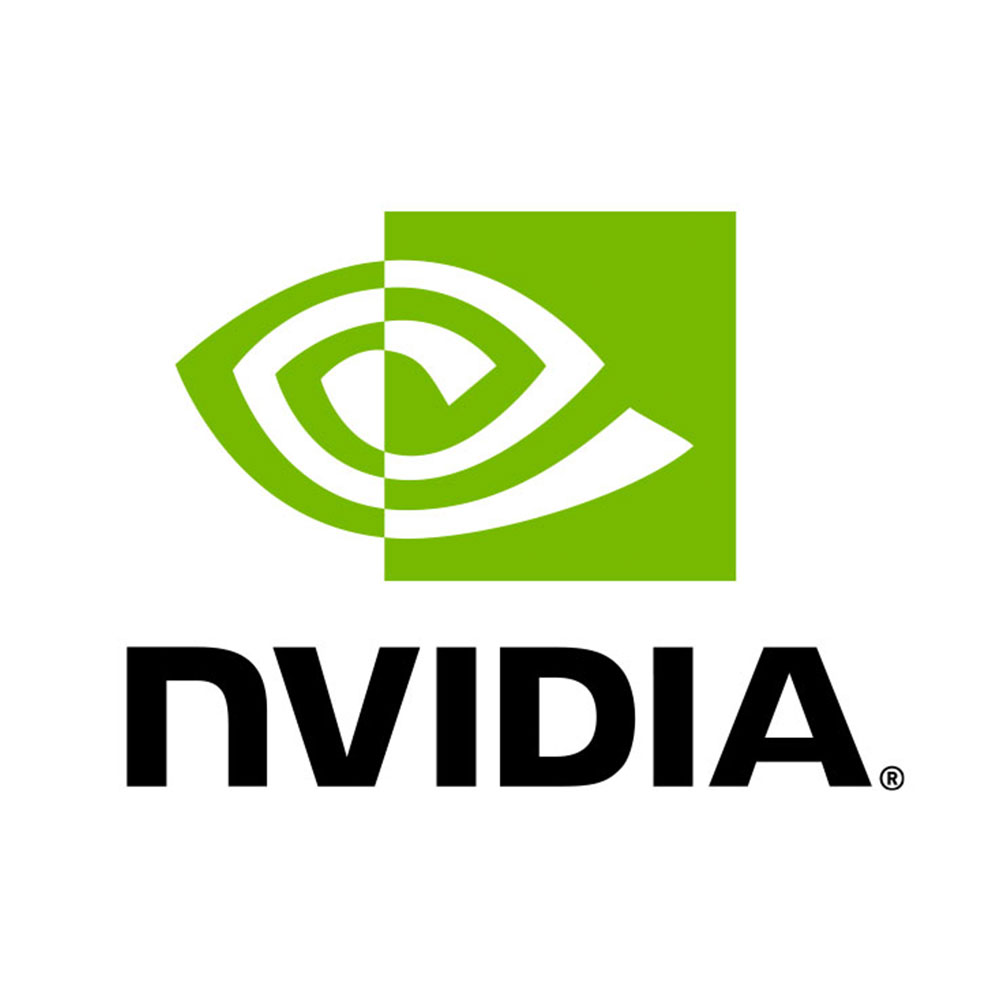The battle between Intel Xeon and AMD EPYC processors in the server market continues to intensify. Both brands offer unique advantages, but the choice depends on workload requirements, budget, and scalability needs. Below, we break down their differences in architecture, performance, power efficiency, and use cases.
Key Specifications Comparison
Here’s a side-by-side comparison of flagship server processors from Intel and AMD:
| Feature | Intel Xeon Platinum 8490H (Sapphire Rapids) | AMD EPYC 9754 (Genoa) |
|---|---|---|
| Architecture | Intel 7 (10nm Enhanced) | Zen 4 (5nm) |
| Cores/Threads | 60 cores / 120 threads | 128 cores / 256 threads |
| Base Clock | 1.9 GHz | 2.25 GHz |
| Max Boost Clock | 3.5 GHz | 3.8 GHz |
| TDP (Thermal Design Power) | 350W | 360W |
| PCIe Lanes | 80 (PCIe 5.0) | 128 (PCIe 5.0) |
| Memory Support | DDR5-4800 (8 channels) | DDR5-4800 (12 channels) |
| Price Range (USD) | ~$13,000 | ~$11,800 |
Strengths of Each Brand
Intel Xeon Processors
- ✅ AI/ML Acceleration: Built-in AI tools like AMX (Advanced Matrix Extensions) for machine learning workloads.
- ✅ Enterprise Ecosystem: Strong compatibility with legacy enterprise software and virtualization platforms.
- ✅ Single-Thread Performance: Higher clock speeds benefit latency-sensitive applications.
AMD EPYC Processors
- ✅ Core Density: Up to 128 cores per CPU, ideal for high-core-count workloads (e.g., cloud hosting, HPC).
- ✅ Cost Efficiency: Lower price per core compared to Intel.
- ✅ Power Efficiency: 5nm process node reduces energy consumption in dense server environments.
Use Case Recommendations
Choose Intel Xeon If:
- Your workload relies on single-threaded performance (e.g., databases, real-time analytics).
- You need advanced AI/ML acceleration for inference tasks.
- Compatibility with legacy enterprise systems is critical.
Choose AMD EPYC If:
- You prioritize core density for virtualization, cloud computing, or rendering.
- Budget constraints demand a lower cost per core.
- Energy efficiency is a priority for large-scale data centers.
Market Trends (2023)
- AMD’s Growing Share: EPYC processors now power ~30% of cloud instances (AWS, Google Cloud).
- Intel’s Response: The new Sierra Forest (E-core) CPUs aim to compete in core density with up to 288 efficiency cores.
- AI-Driven Demand: Both brands are integrating NPUs (Neural Processing Units) for AI workloads.
Final Verdict
- AMD EPYC dominates in core-heavy, scalable workloads and cost efficiency.
- Intel Xeon retains an edge in single-threaded tasks and enterprise software ecosystems.
For most modern data centers, AMD’s EPYC processors offer a compelling balance of performance and value. However, Intel remains a safe choice for specialized workloads tied to its ecosystem.



